My name is Rie from Tranquwell.
I recently had the pleasure of joining a white miso workshop and fermented lunch tour in Kyoto.
Miso is a staple of Japanese cuisine, a fermented food deeply ingrained in our culinary heritage.
Yet, even we Japanese often have a vague understanding of the different types of miso and their ingredients.
Our guide for this tour was the charming Miyuki, a passionate advocate for fermented foods. As a “Miso Sommelier,” she shared her extensive knowledge of miso in an engaging and accessible way, all in English!
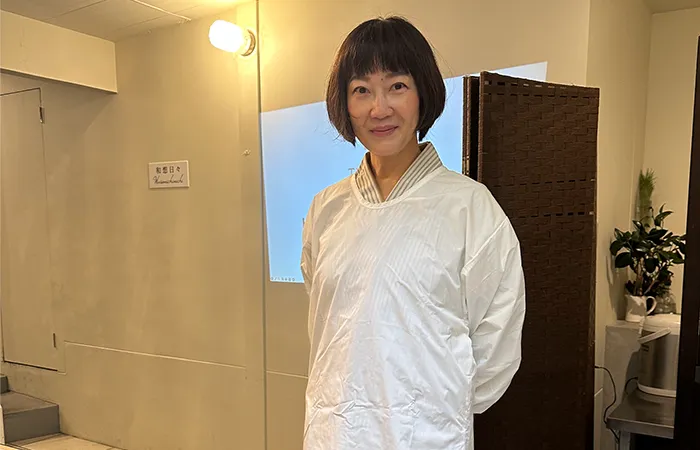
The workshop started with us donning traditional Japanese aprons (kappogi), worn over kimonos for centuries.

I was already excited!
The workshop began with an overview of miso: its various types, ingredients, and the production process.

We learned about the different miso varieties that have emerged across Japan due to the country’s diverse topography and climate. Miyuki introduced us to the four main types of miso, categorized by ingredients, flavor, and color.
For more details, be sure to join Miyuki’s lecture in person! You can learn more about the tour from the link at the end of this post.

We then had the opportunity to taste all four types of miso, learning to distinguish them by appearance, flavor, and aroma. It was a rare and valuable experience to compare miso varieties side-by-side.
After the informative session, it was time to get our hands dirty and make some miso!
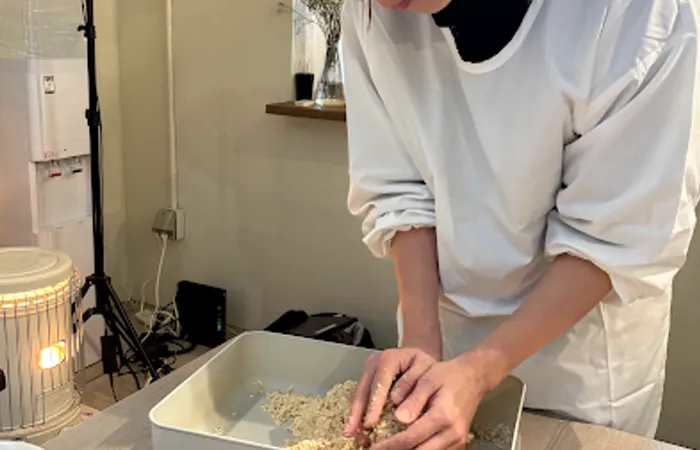
The sensation of crushing the soybeans, the sweet fragrance of the koji, the warm lighting, and the focused work created an almost meditative experience.
We formed the miso into balls.
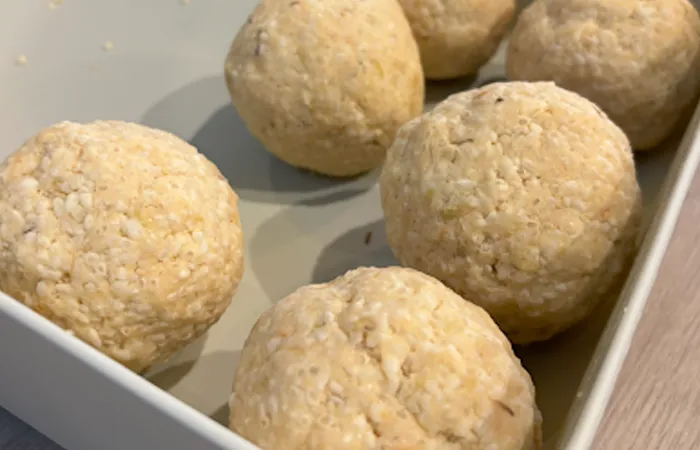
Then, we packed them into containers, ready for the fermentation process.

We took our miso home to nurture its fermentation and witness its transformation.
*Please note that fermented miso is generally not allowed to be taken overseas due to customs regulations. However, if you would like to take some miso home, please let us know.
Miyuki also shared a simple, healthy, and delicious white miso potage recipe, a great way to introduce even picky children to the flavors of miso.
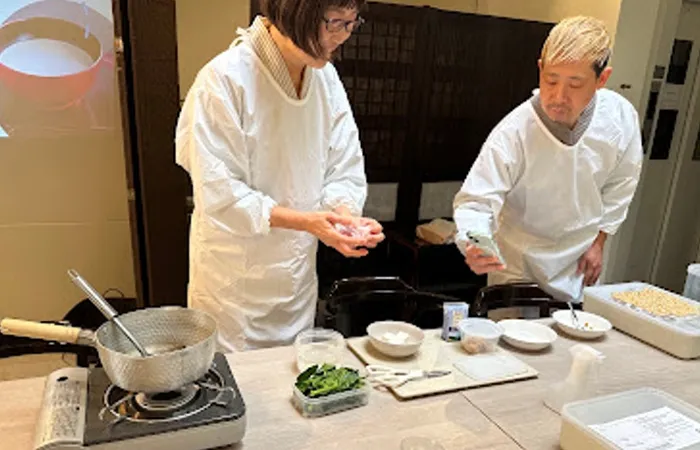
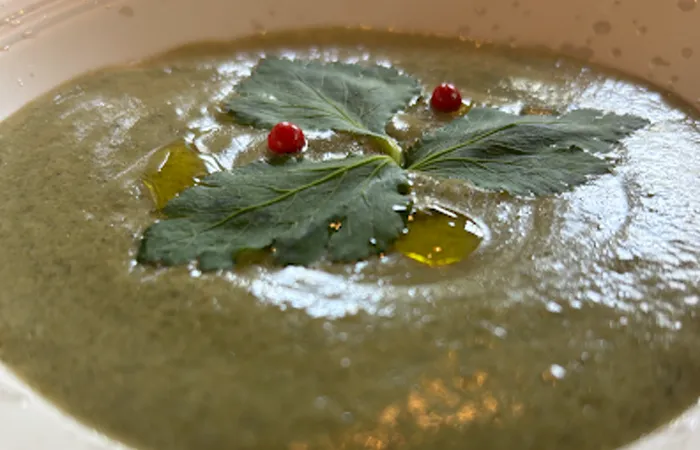
Next, we indulged in a full-course fermented lunch.
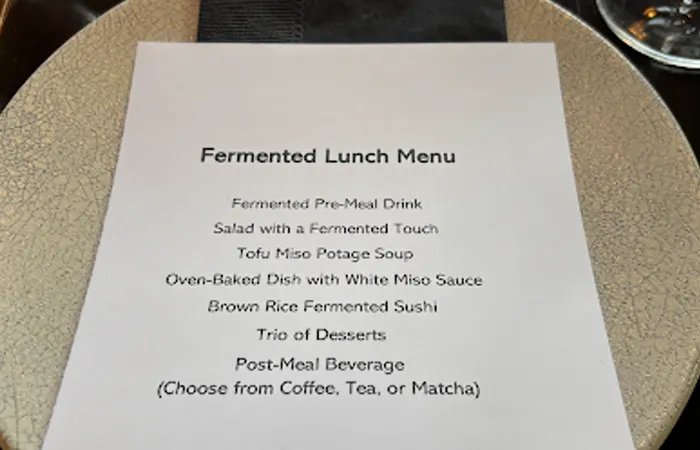
The balanced meal featured organic brown rice, seasonal vegetables, fish, herbs, and, of course, a variety of fermented delights!
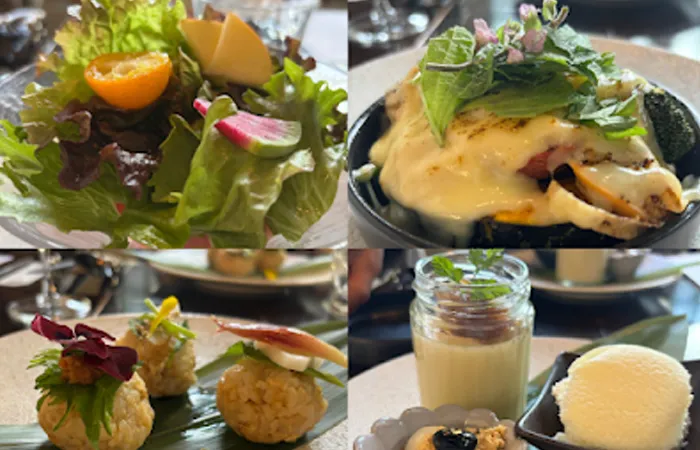
The colorful and beautifully presented dishes highlighted the natural sweetness and umami of the ingredients. The elegant use of vinegar added a touch of sophistication. Most importantly, despite feeling full, the meal left us feeling light and energized, a testament to the power of fermented foods. It was a lunch that nourished both body and soul. Thank you, Miyuki & Wasonichinichi Kyoto!
I’ll be sharing a follow-up report on the miso we made at home, documenting its journey to becoming a flavorful addition to our meals!
